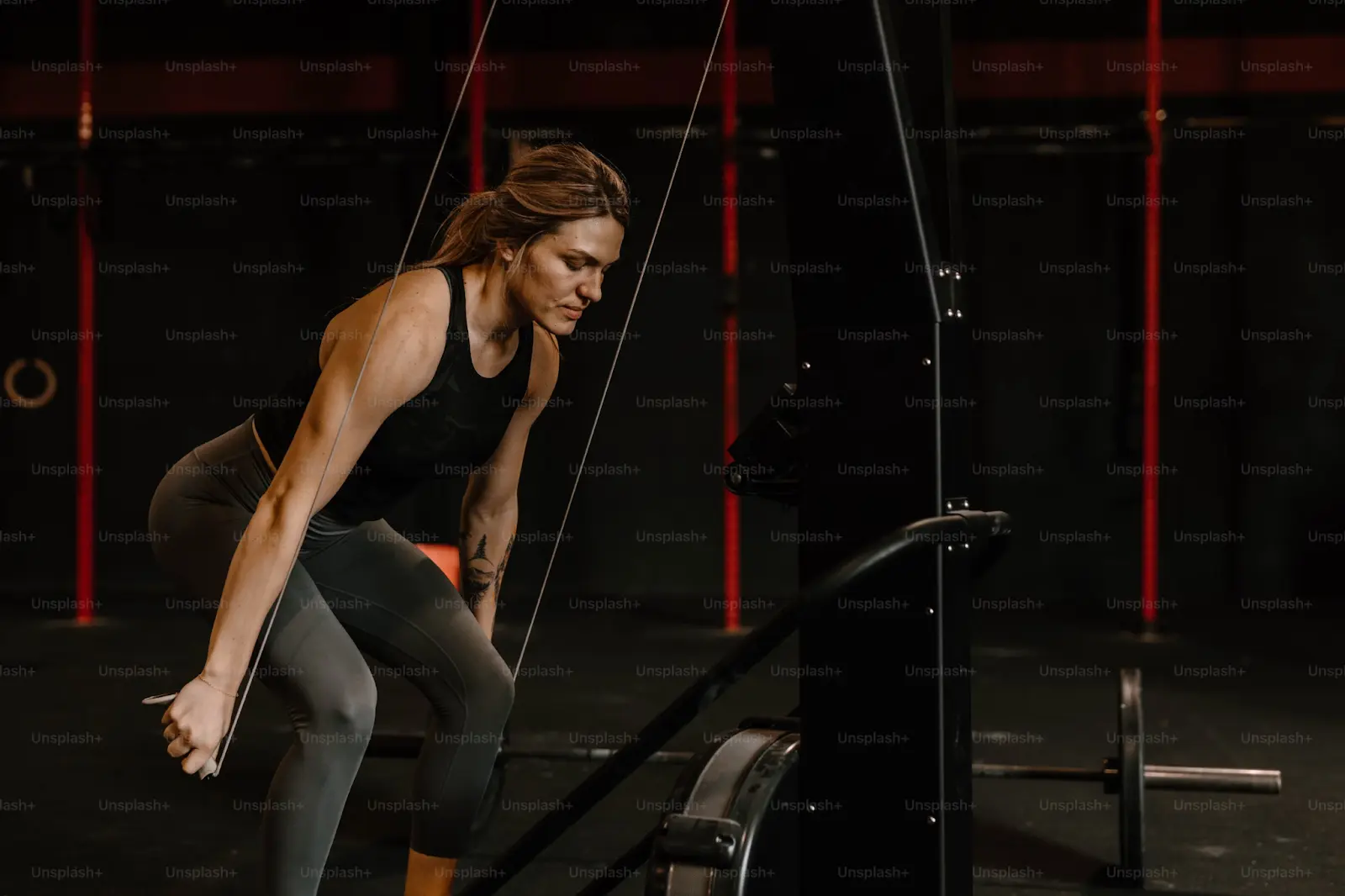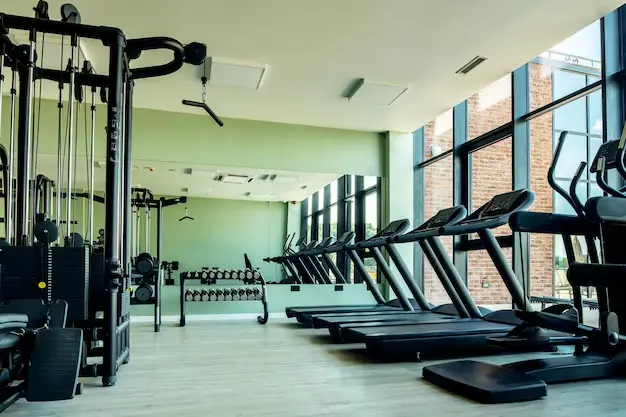Electronic gadgets or equipment donned on the body that records and tracks physical activity and health-related information are referred to as wearable fitness technology. These gadgets can monitor numerous parameters including steps walked, calories burned, heart rate, sleep quality, and other vital indications. They are typically meant to be worn on the wrist, arm, or chest. Smartwatches, heart rate monitors, fitness trackers, and GPS sports watches are a few prominent types of wearable fitness equipment. These gadgets measure and analyse physical activity using sensors and other cutting-edge technology, giving users information and insights on their fitness levels, workout habits, and general health. Additionally, healthcare practitioners might use wearable fitness equipment to check in on patients with ongoing disorders or medical issues.
10 Ways Wearable Fitness Technology may improve your workouts
The efficiency of your workouts can be significantly impacted by wearable fitness devices. Ten ways that wearable fitness equipment can enhance your activities are listed below:
- Tracking progress: Wearable fitness technology enables you to keep tabs on your development over time, whether it’s counting your daily steps or monitoring your heart rate while you work out. You can use this information to set objectives and track your progress towards reaching them.
- Motivation: Observing your successes and growth might inspire you to keep working hard and push yourself to accomplish new objectives.
- Setting objectives: You may set targets for your daily step count or your target heart rate during exercise on many wearable fitness gadgets. This aids in giving your workouts focus and direction.
- Personalised input: A few wearable fitness devices can offer you feedback on your workouts that are specific to you, offering you suggestions on how to tweak and enhance your regimen.
- Improved form and technique: Wearable fitness technology can assist you in maintaining correct form and technique while exercising, lowering the chance of injury and ensuring you get the most out of your workout.
- Variety: Numerous wearable fitness devices provide a range of exercise options, such as guided exercises and routines, which can help keep your workouts exciting and new.
- Social support: You can connect with other users of some wearable fitness technologies and share your progress and accomplishments, creating a sense of community and support.
- Better sleep: A variety of wearable fitness gadgets can monitor your sleeping habits and offer advice on how to get better sleep. Exercise performance can be enhanced by getting more rest.
- Accountability: Being aware that you are measuring your progress and that others can see it might make you feel more responsible, which helps keep you motivated and on track.
- Time management: Wearable fitness technology can help you get the most out of every workout session by streamlining your workouts and eliminating the need for guesswork.
Your workouts can be made more effective, objectives can be created and attained, and your general health and fitness can be improved by incorporating wearable fitness equipment into your routine.
Accuracy of Wearable Fitness Technology
Wearable fitness technology’s accuracy can vary based on the gadget’s sensors, the activity being tracked, and the device itself. For tracking simple metrics like steps taken and distance traveled, the majority of gadgets typically have a decent level of accuracy. The accuracy can be less dependable when it comes to more complicated measures like heart rate and calorie burn.
Wearable fitness technology’s accuracy can be impacted by a number of variables, such as the calibre of the employed sensors, how well the gadget fits the user’s body, and their particular physiology. For instance, certain people might naturally have a high or low resting heart rate, which can skew heart rate monitoring results.
Conclusion
In summary, wearable fitness technology has gained popularity recently and has made it feasible for people to track and enhance their workouts in ways that were not previously conceivable. Wearable fitness technology has the potential to significantly improve people’s workout experiences, but it should be utilised in conjunction with other information sources and with an awareness of its limits.

































